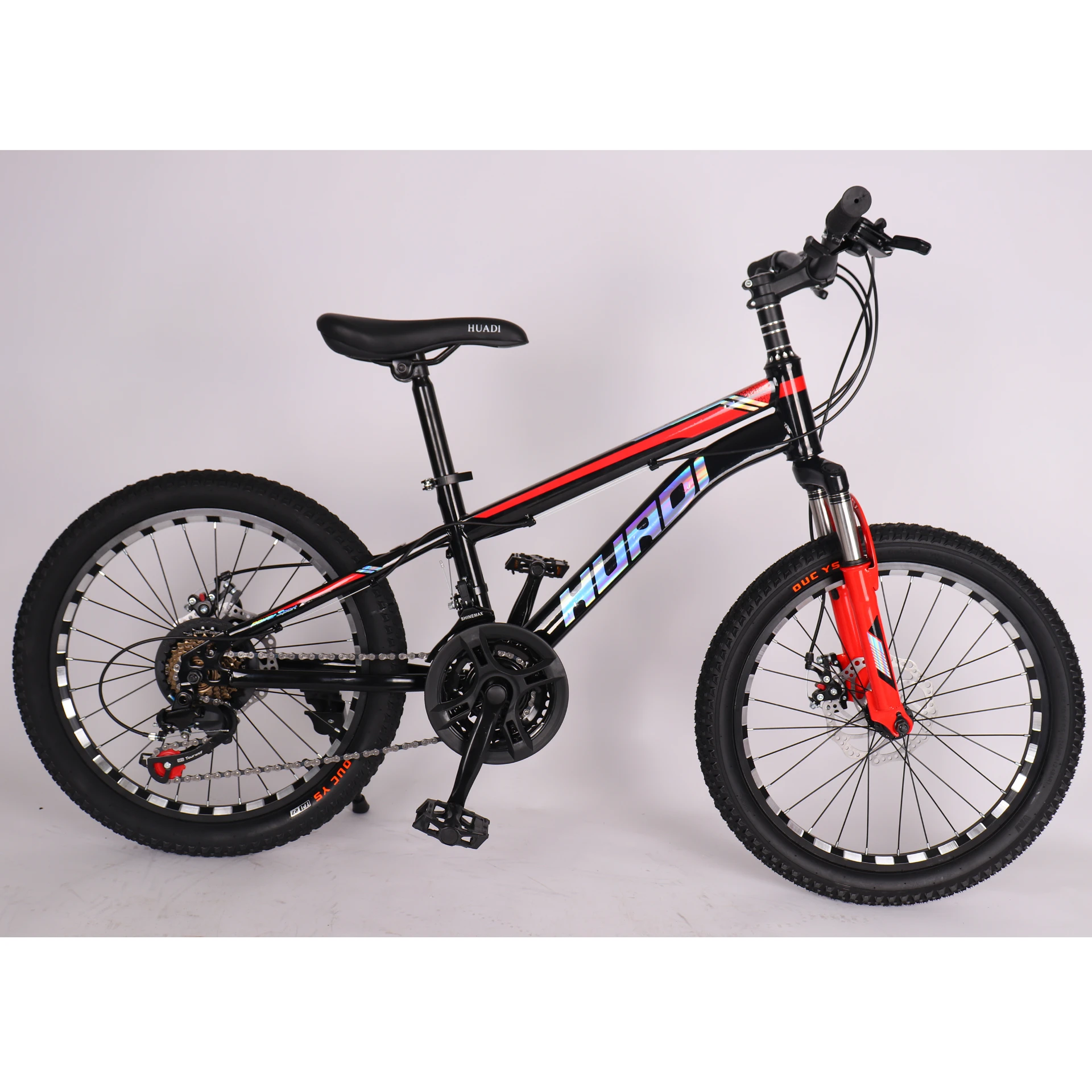mountain bike and road bike difference
The Differences Between Mountain Bikes and Road Bikes
When it comes to cycling, choosing the right bike can greatly impact your riding experience. Two of the most popular types of bicycles are mountain bikes and road bikes, each designed for different terrains and riding styles. Understanding the differences between them is essential for cyclists looking to select the right option for their needs.
Frame and Geometry One of the primary distinctions lies in the frame design. Mountain bikes typically have a more robust frame built to withstand rough terrains, such as rocky trails and steep descents. Their geometry involves a shorter wheelbase and a more upright riding position, providing stability and control on uneven surfaces. In contrast, road bikes feature a lightweight frame made from materials like carbon fiber or aluminum. They are designed for maximum speed and efficiency on paved surfaces, with a longer wheelbase and a more aerodynamic riding position that allows cyclists to reduce wind resistance.
Tires The tires on these two types of bikes further highlight their differences. Mountain bike tires are wider and have a knobby texture, allowing for better traction and shock absorption on rugged trails. The increased volume also helps them roll over obstacles more smoothly. Road bikes, on the other hand, come equipped with thinner, smoother tires that minimize rolling resistance, enabling higher speeds on flat, paved roads. These tires are less suited for rough terrain, making them ideal for long-distance rides on well-maintained surfaces.
mountain bike and road bike difference

Suspension Another key difference is the suspension system. Mountain bikes often incorporate either a hardtail (front suspension only) or a full-suspension system to absorb shocks from bumpy trails. This design feature enhances comfort and control, particularly on downhill rides. Road bikes, in contrast, typically do not have suspension, as they are meant to offer a smooth ride on flat surfaces. The absence of suspension allows for a lighter build, contributing to the bike's overall speed.
Braking System Braking systems also vary significantly. Mountain bikes commonly utilize disc brakes, which provide strong stopping power in wet or muddy conditions. Road bikes, while increasingly adopting disc brakes, often use rim brakes that are lighter and more aerodynamic but can be less effective in adverse weather.
In conclusion, the difference between mountain bikes and road bikes lies in their design, built for specific environments. Choosing the right bike depends on your riding style and the terrain you plan to conquer. By understanding these differences, you can make an informed decision that enhances your cycling experience.
-
Unleash Your Adventurous Spirit with All Mountain BikesNewsOct.31,2024
-
The Perfect Ride for Your Little Ones: Kids TricyclesNewsOct.31,2024
-
The Joy of Riding: Quality Kids Mountain BikesNewsOct.31,2024
-
The Excitement of Kids Scooters – Choose Your Adventure!NewsOct.31,2024
-
Kids' Bikes: Find the Perfect Ride for Your Little OnesNewsOct.31,2024
-
Experience the Fun of Swing CarsNewsOct.31,2024
-
Why a Giant Bike for Kids is a Top ChoiceNewsOct.24,2024








